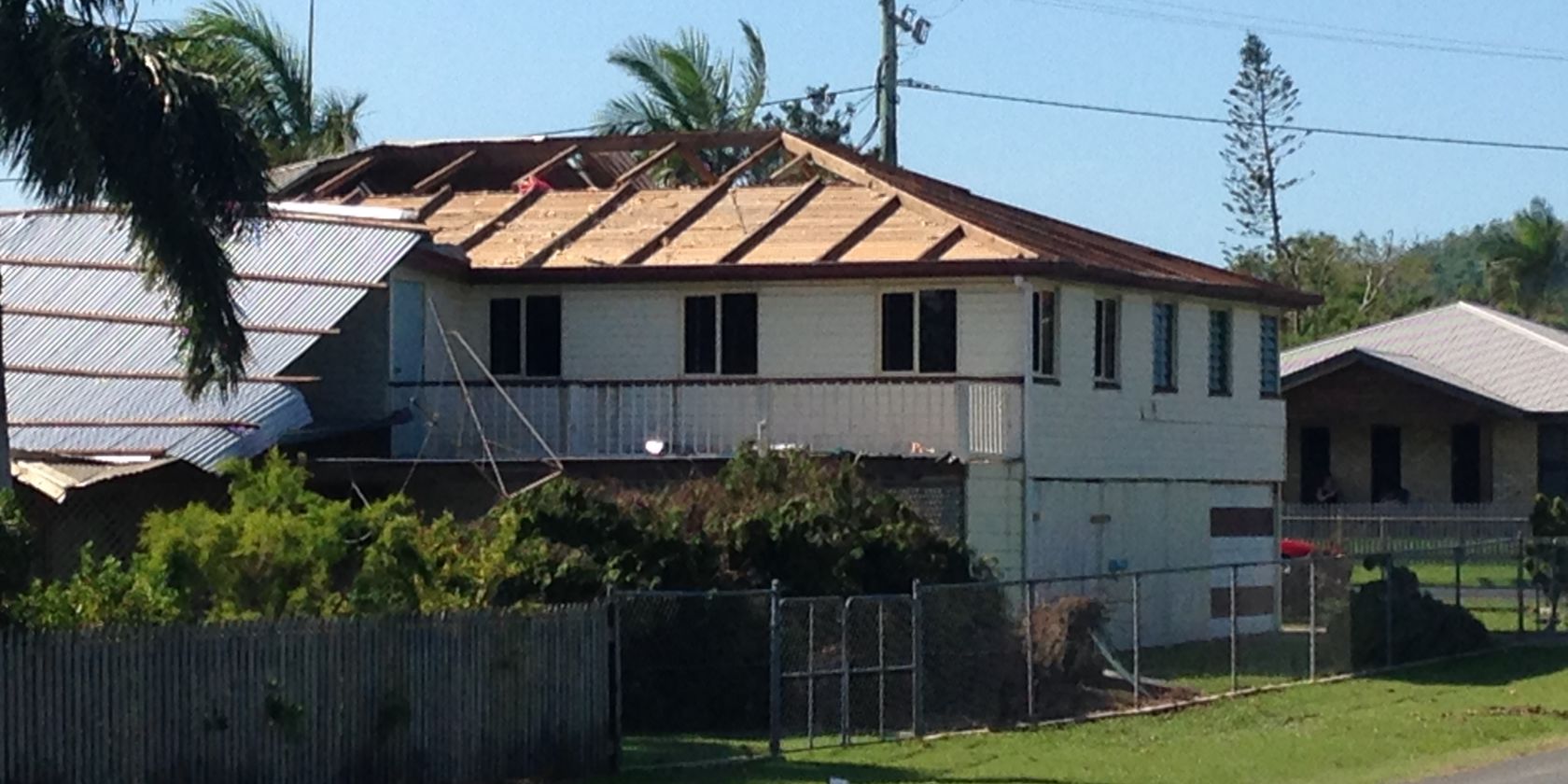
North Queenslanders who took action to strengthen their homes prior to Tropical Cyclone Debbie sustained less damage to their properties than those who didn’t.
The latest information from Suncorp Insurance shows homeowners who had reported mitigation activities, such as roof upgrades, to receive Suncorp’s Cyclone Resilient Benefit made fewer claims following the weather event.
Suncorp Insurance spokesperson, Joshua Cooney, said the data reinforces that mitigation is the best way to help North Queenslanders protect themselves, their loved ones and their homes against cyclones.
“A stronger home means a lower risk of damage and in turn cheaper insurance for customers,” Mr Cooney said.
“Research from James Cook University’s Cyclone Testing Station shows stronger buildings are the answer to north Queensland’s cyclone challenges.
“The Queensland Government has thrown its support behind mitigation through its $20 million Household Resilience Program and there is a clear opportunity for the Federal Government to add their support to what has now been established.”
The Queensland Government’s Household Resilience Program funds 75 per cent of the costs required to improve the cyclone resilience of pre-1980s buildings, up to a maximum payment of $11,250.
This complements Suncorp’s Cyclone Resilience Benefit, which rewards customers in north Queensland with insurance premium reductions of up to 20 per cent for making their homes more cyclone resilient.
“We launched our Cyclone Resilience Benefit just over two years ago and more than 40,000 customers have signed-up and are receiving a reduced premium,” Mr Cooney said.
“We also offer a no-fee, low interest rate personal loan, designed to help finance the costs of mitigation improvements. Customers can apply in-store or over the phone.
“Storm and cyclone season is just around the corner and these programs are making a real difference to north Queensland customers. It’s not just about lowering the cost of insurance – it’s about providing peace of mind for home owners and assisting with job creation to grow the economy in the region.”



